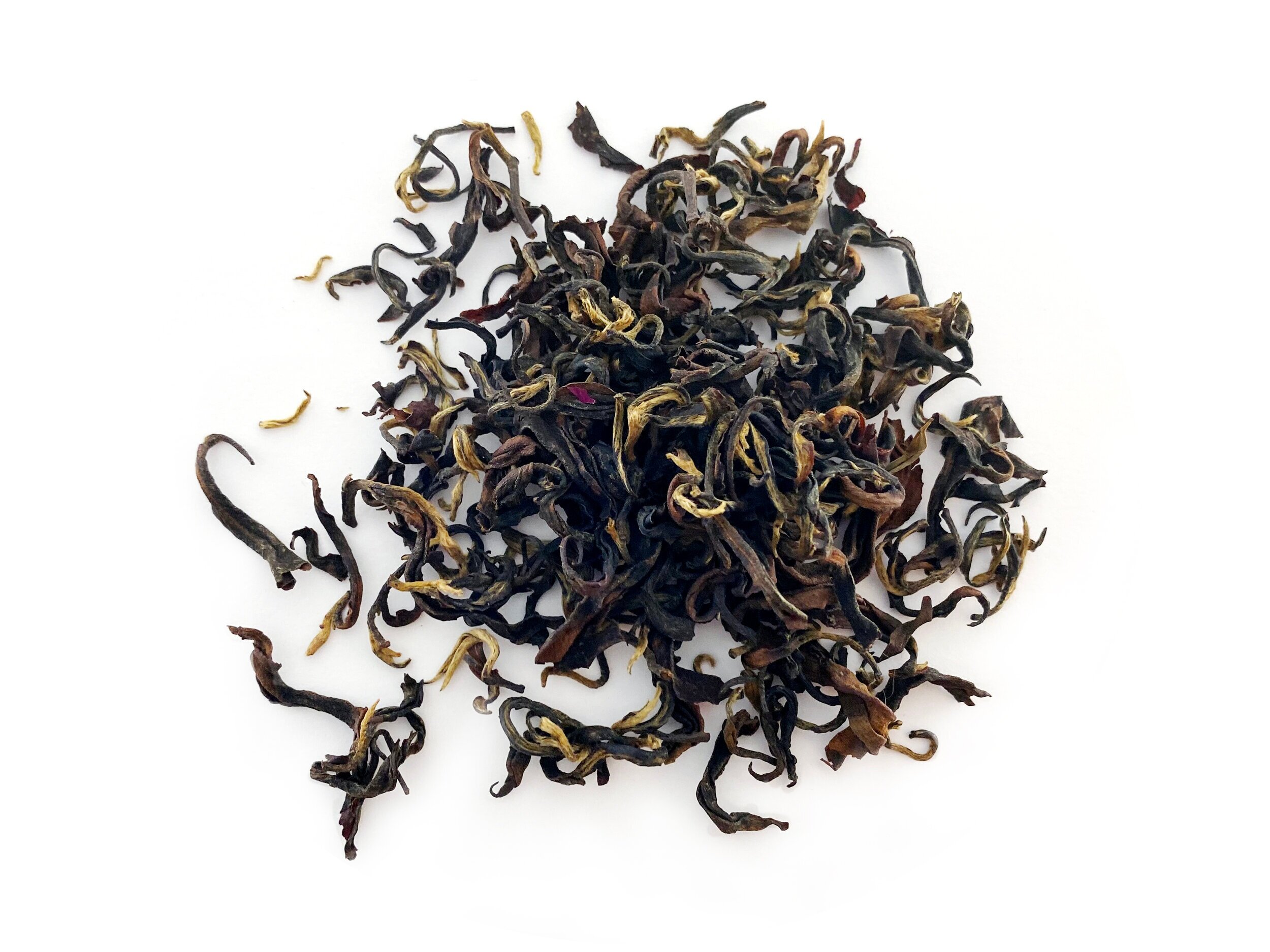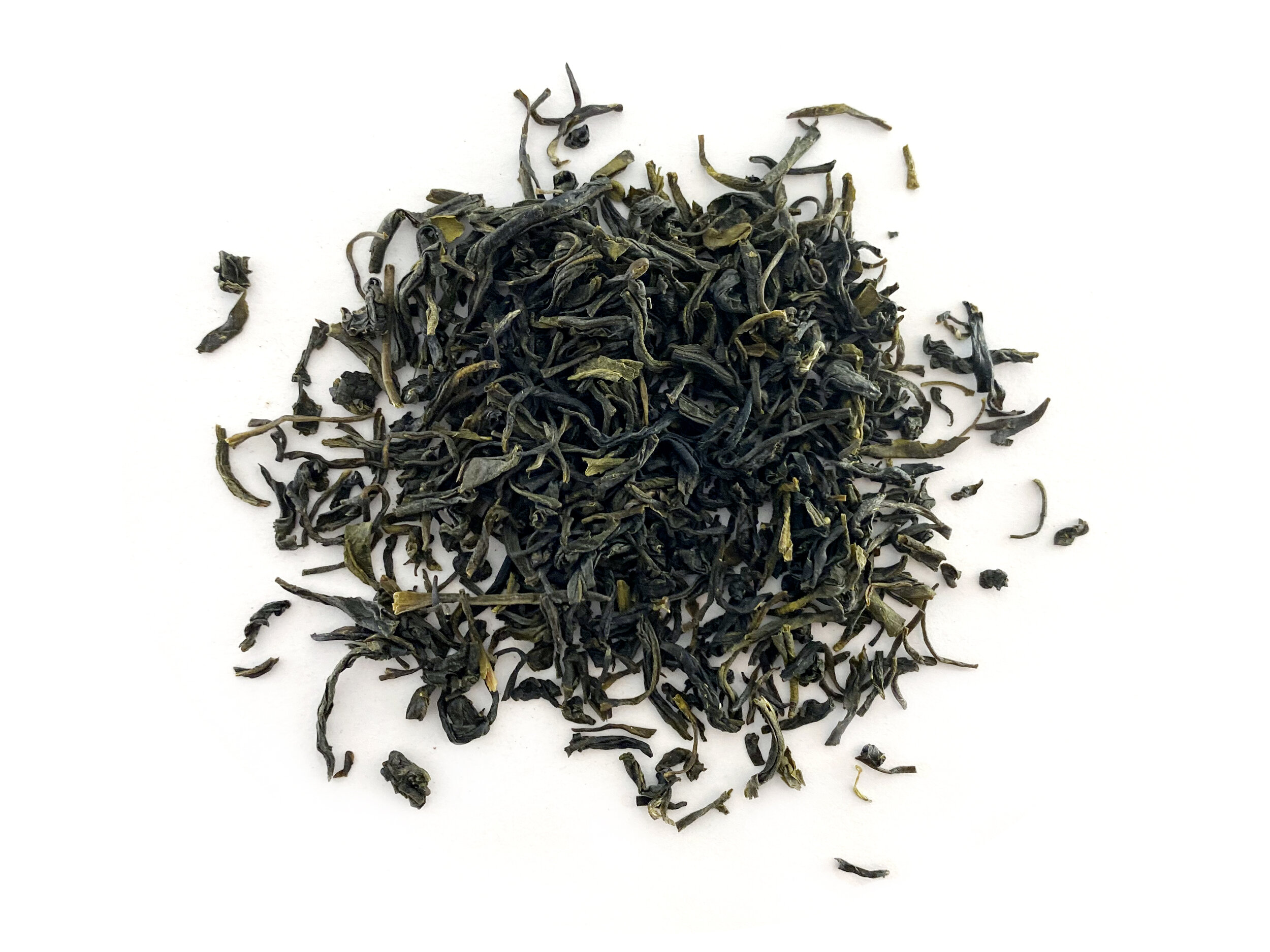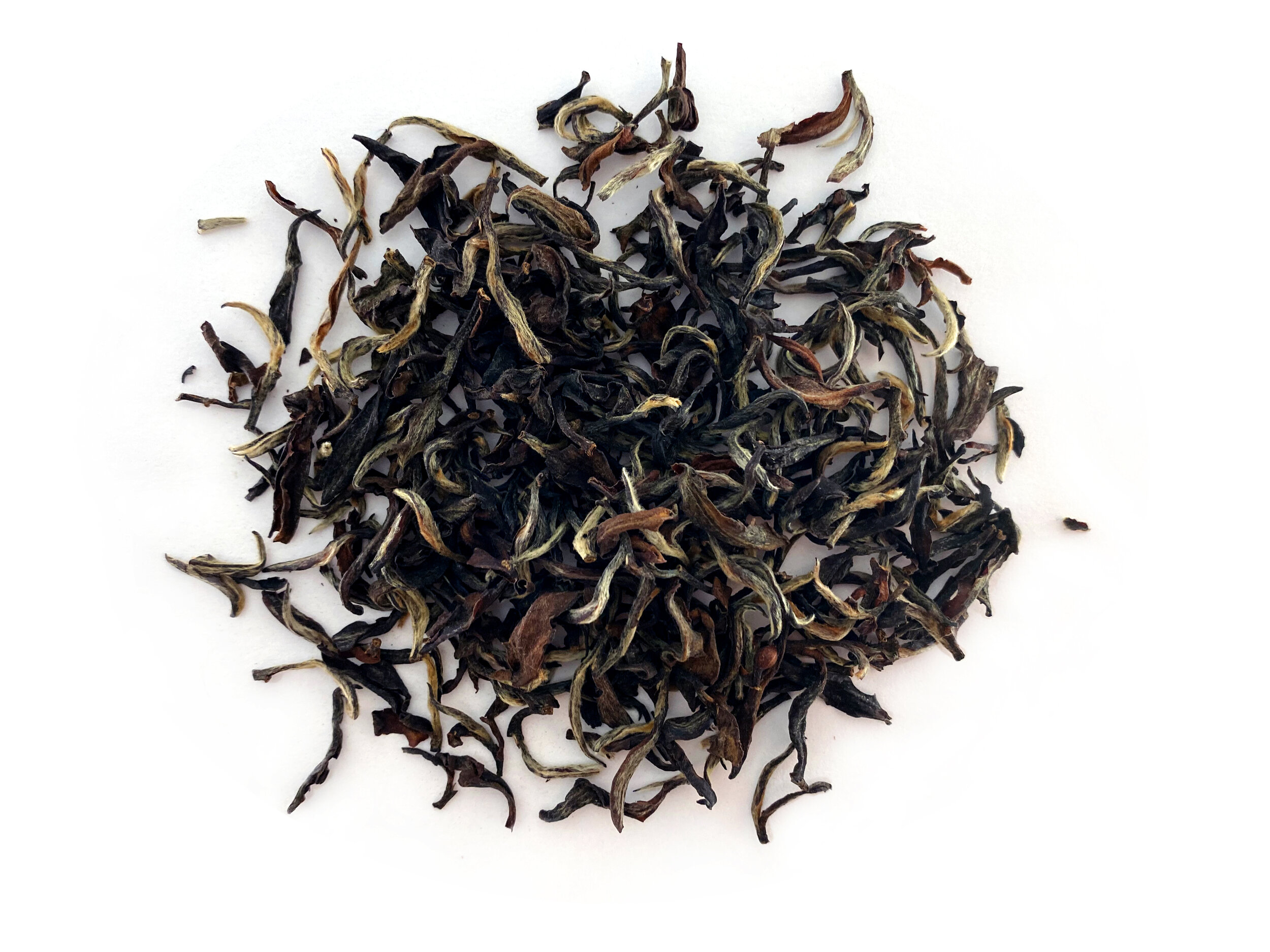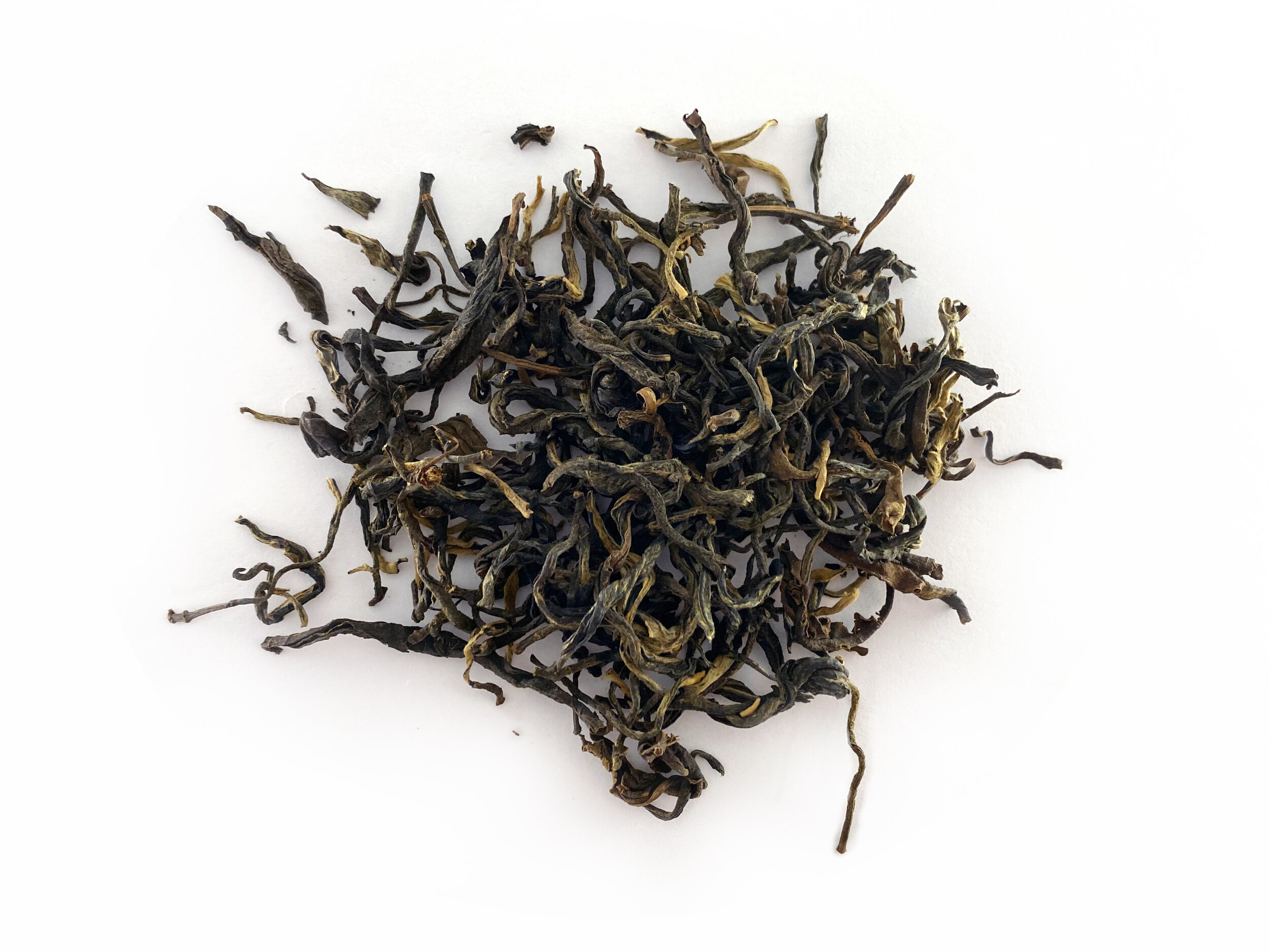What I Learned About Tea Processing
Good Morning, Good Afternoon, Good Evening~
Hahahah. I don’t know when you’ll be reading this but hello!
In this post, we’ll be going over “Tea Processing.”
Per usual, I’ll be going over the basics. I am no tea expert by a long shot and when it comes to tea processing, it can vary depending on the tea type and what the tea master wants the flavor to be.
Plus, If I explained in great detail, I could write a book. But not to worry! Trust me, learning about tea processing may seem intimidating with all that information, but it’s totally not the case. Instead, it’s super fun and cool to understand how tea can be processed in various ways to produce all these delicious flavors!
Now, “Let’s get down to business, to defeat….eh…the tea leaves?” Hahahha. See what I did there? No?
Yes? Mulan?
The Basic Tea Process:
Inspection/Sorting → Withering → Drying (Room) → Rolling (Cylinder drum) → Drying (Room) →
Fixation → Rolling (Fabric bags) → Drying (Roasted/baked) → Packing
Let’s dive in!
Sorting BiLuoChun leaves by hand
Inspection/ Sorting: Once the tea leaves are brought down the mountain, they are placed on a table and hand sorted between good and bad leaves. Farmers are looking for two healthy leaves per stem: one tiny leaf and one larger leaf. Other times, they are looking for young buds. Either way, if the leaves are healthy, they continue the process. If not, they are thrown away. Sometimes, a tea master will throw out an entire batch if they are too many unhealthy or damaged leaves.
Outdoor withering and drying white tea
Withering: After the sorting, the leaves are placed on the ground over a very large fabric cloth. They are thinly spread out to allow the leaves to wither and start the chemical change of oxidation. Withering can also be done outdoors on clear days.
Air drying tea leaves inside a greenhouse
Drying (Room): Leaves are place on bamboo screens and left to air dry.
Taiwanese oolong tea processed in a bamboo drum
Rolling (Cylinder Drum): Leaves are put into a bamboo cylinder drum where they are rotated and “rolled.”
Hot fixation in a steel wok, performed by hand
Fixation: Leaves are heated in a rotating metal drum. The temperature varies on the type of tea. Commonly one of the more important steps because this allows the leaves to produce the flavors it will release later when steeped in water.
Rolling processing Taiwanese oolong tea in fabric
Rolling (Fabric Bags): This type of rolling is different than the bamboo drum. The tea leaves are placed in a fabric cloth where it is “rolled” to maintain or increase the flavor of the tea. This process could be repeated up to 20 times or even more.
Oven drying black tea
Drying (Baked/Roasted): This will be the final drying step. This is when the leaves are placed into an oven to be baked, roasted and sometimes even smoked.
Mini tea cakes
Packing: The tea is officially ready to be used for consumer use and will be packed and shipped.
Important Notes:
As I stated earlier, this guide is not the exact same tea process for every tea out there.
No, no no.
But this is a basic guide in understanding how most teas will go through this type of process. It will change accordingly. For example, some teas will need to be fermented, others will require a piling step; which means the leaves must be put in large piles so that the tea leaves can heat up. Like a garden compost. If flowers or dried fruits are added, there will be an additional rolling step. You get the jist of it.
I’m sure at a later time, I’ll go into detail for specific teas. In fact, if you have a question on specific teas, let me know! Email me at teatalkingpodcast@gmail.com. If I don’t know the answer to your question, I’ll be sure to find out for you! Kelly and I have access to a great number of expert tea masters and tea lovers. So be sure to ask plenty of questions! We all love sharing what we know.
Until next time Tea Padawan~
Amy signing off
Shop fine Chinese teas at goldenlifetea.com. Our four teas: Ruby Black Tea, Jasmine Green Tea, Rose Black Tea (Formosa), and Sky Red Oolong Tea (Oriental Beauty) are developed by Dr. Lingyun Zhang, master of tea horticulture and renowned tea scientist.
If you wish to source rare teas, please contact us at goldenlifetea.com.













